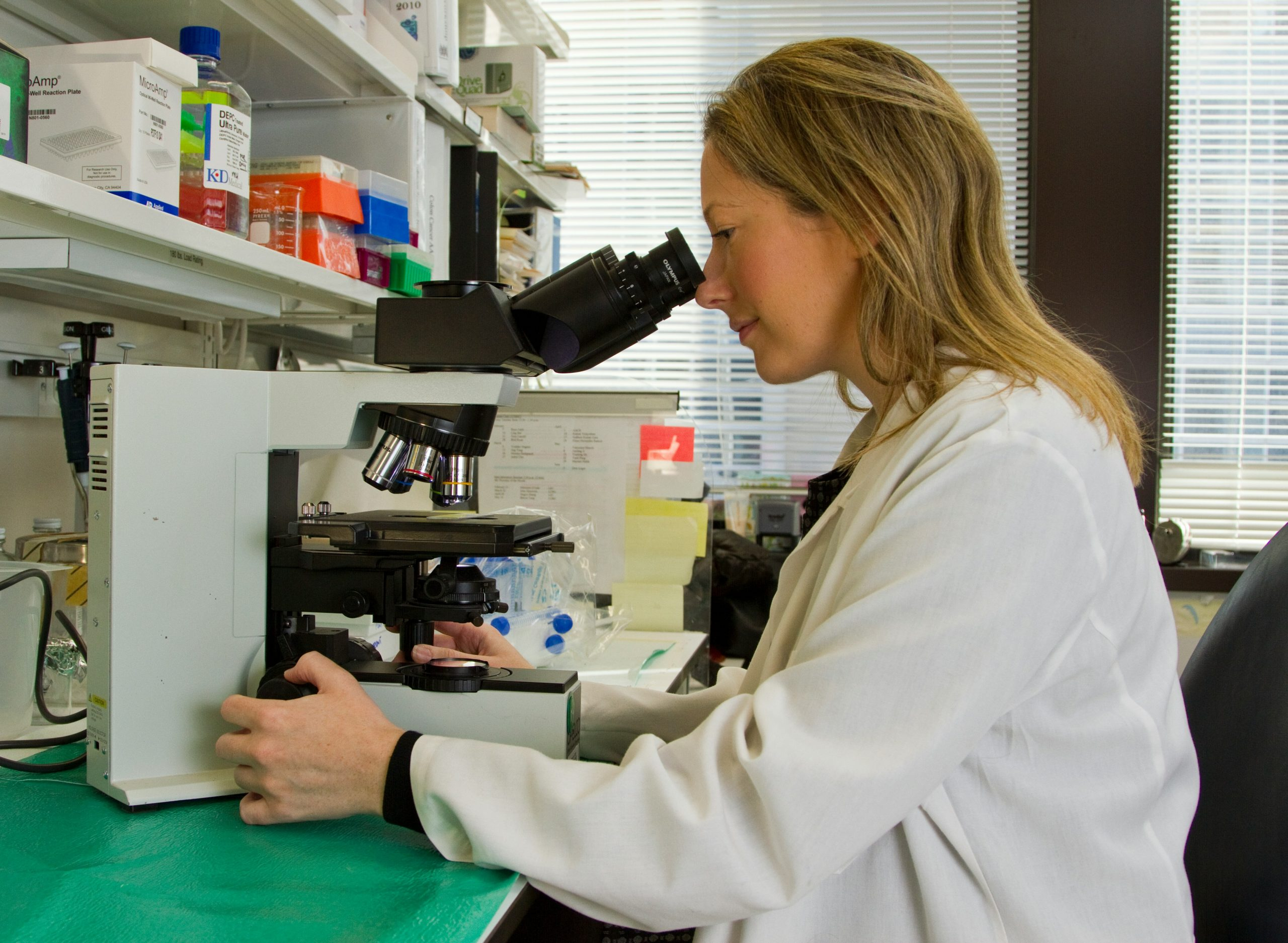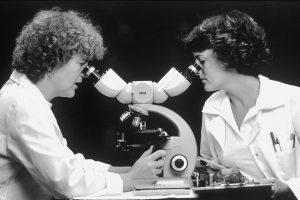The Evolution of Vehicle Testing Methodologies
The automotive industry has come a long way since the first horseless carriage hit the roads in the late 1800s. Among the many advancements in technology, one area that has seen significant evolution is vehicle testing methodologies. From early simple road tests to now advanced computer simulations, the methods used to test vehicles have greatly improved over time. In this article, we will take a closer look at the evolution of vehicle testing methodologies, the changes that have been made, and how they have impacted the automotive industry as a whole.
Early Vehicle Testing Methods
In the early days of automobiles, vehicle testing involved taking the vehicles on actual roads to see how they performed. This method was time-consuming and posed risks not only to the drivers but also to the public. As the automotive industry grew, so did the demand for more efficient and reliable ways to test vehicles.
One of the earliest forms of vehicle testing was the brake test. This involved slamming on the brakes while driving to see how quickly the vehicle came to a stop. This method was not only unreliable but also dangerous, often resulting in accidents and injuries.
Another common method of testing was the suspension test. This involved driving on bumpy and uneven roads to test the durability and smoothness of the suspension system. However, this too was a risky method as it often caused damage to the vehicles and was also not an accurate representation of real-life driving conditions.
The Rise of Controlled Testing
As vehicles became more complex, the need for controlled testing grew. In the mid-20th century, car manufacturers started investing in large test tracks, where they could simulate various driving conditions and test the performance of their vehicles. This allowed for more accurate and controlled testing, as well as the ability to test specific functions of a vehicle in a controlled environment.
The introduction of the chassis dynamometer or “rolling road” also revolutionized vehicle testing. This machine allowed for vehicles to be tested while stationary, simulating actual driving conditions. This method was not only safer but also reduced the time and cost of testing.
Computer Simulations and Virtual Testing
The advent of computer technology brought about a significant shift in vehicle testing methodologies. With advanced computer simulations, car manufacturers were able to test various components and systems of a vehicle without physically building prototypes. This greatly reduced the time and cost of vehicle testing, as well as the risk of human error.
Virtual testing has also become more prevalent in recent years. This involves creating a virtual prototype of a vehicle and testing its performance in a simulated environment. With the help of powerful software, car manufacturers can now test every aspect of a vehicle, from its design and aerodynamics to its engine and electronic systems.
The Future of Vehicle Testing
As technology continues to advance, so will vehicle testing methodologies. One of the most significant advancements currently being explored is the use of self-driving vehicles for testing purposes. By removing the potential for human error, car manufacturers hope to achieve even more accurate and efficient testing results.
Another area of development is the use of artificial intelligence and machine learning algorithms to analyze and interpret test results. This will further improve the accuracy of testing and provide valuable insights for vehicle improvements.
Conclusion
The evolution of vehicle testing methodologies has been a continuous process, driven by advancements in technology and the need for more reliable and efficient testing methods. From early road tests to now sophisticated computer simulations, the way vehicles are tested has greatly improved over time. With further advancements on the horizon, the future of vehicle testing looks promising, with the potential to revolutionize the automotive industry as a whole.











